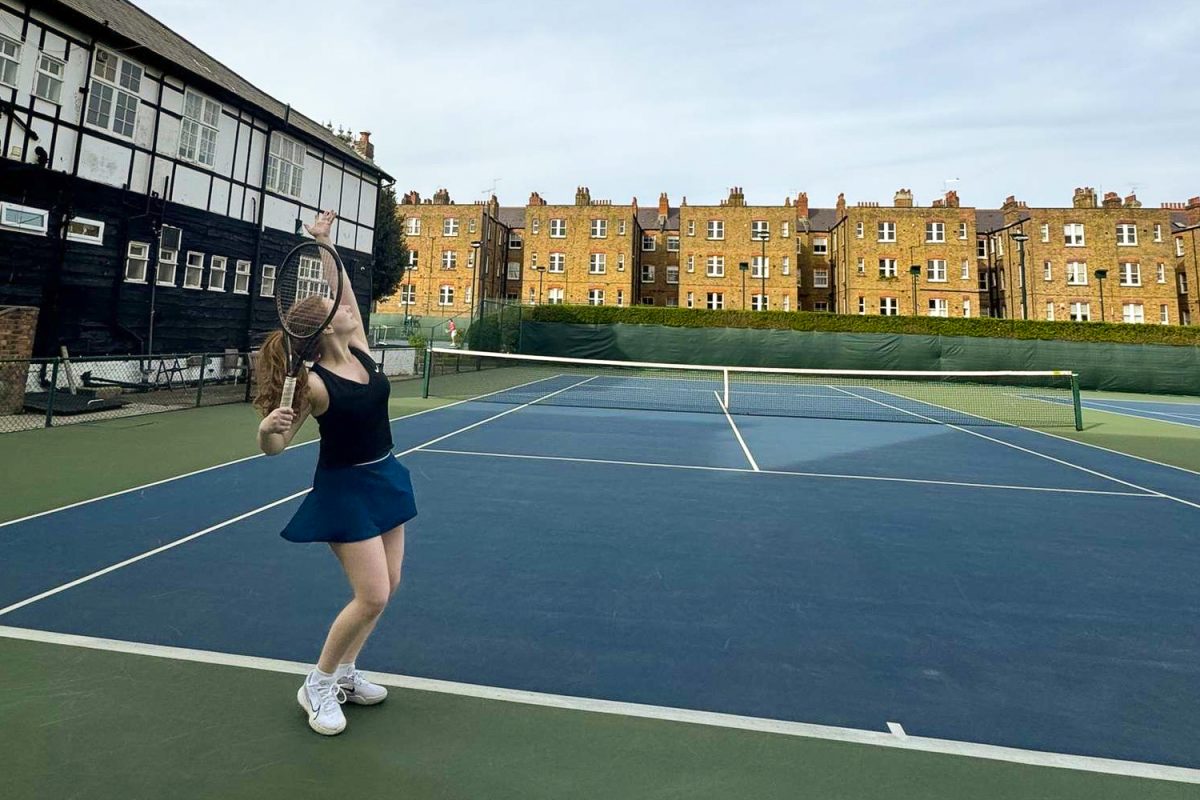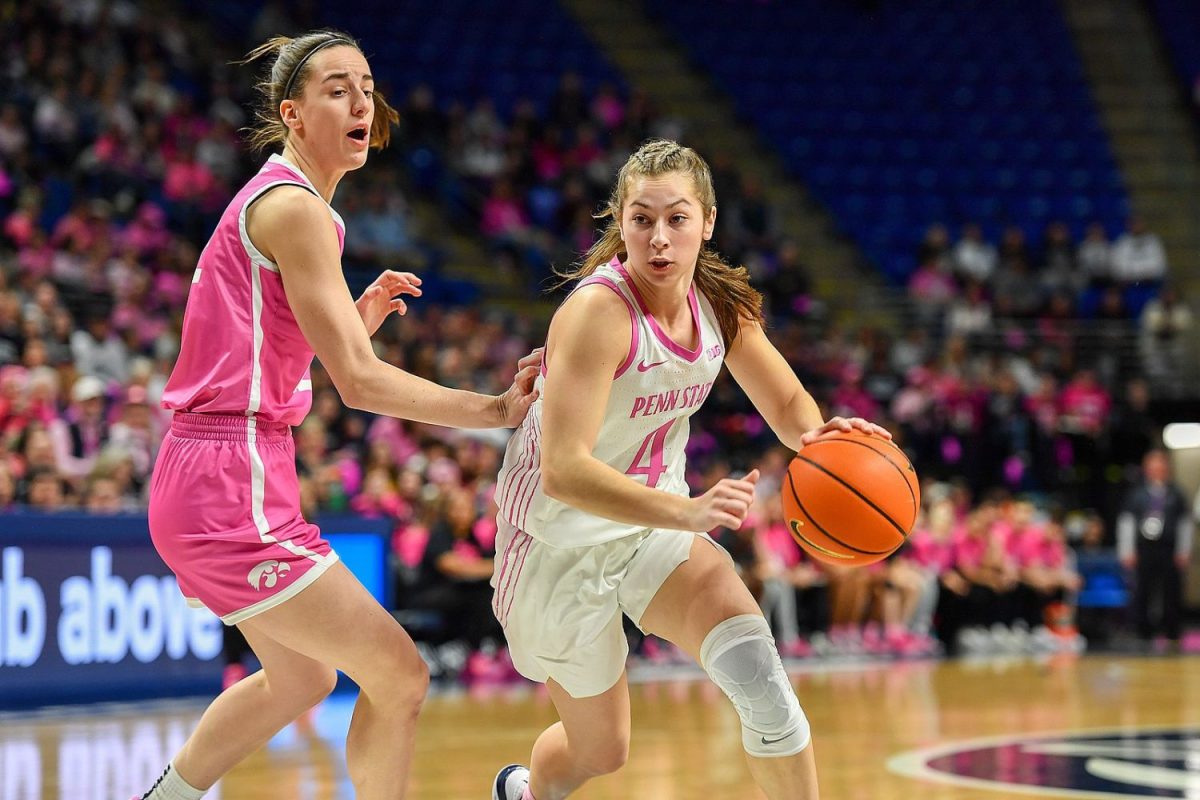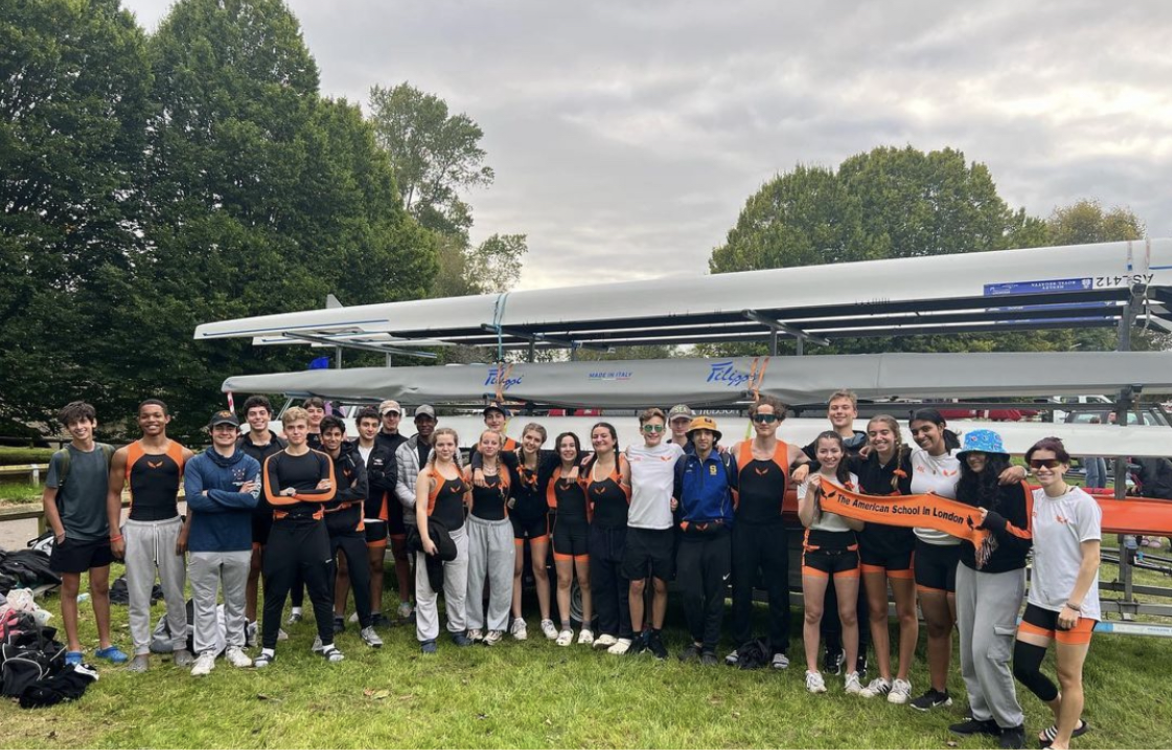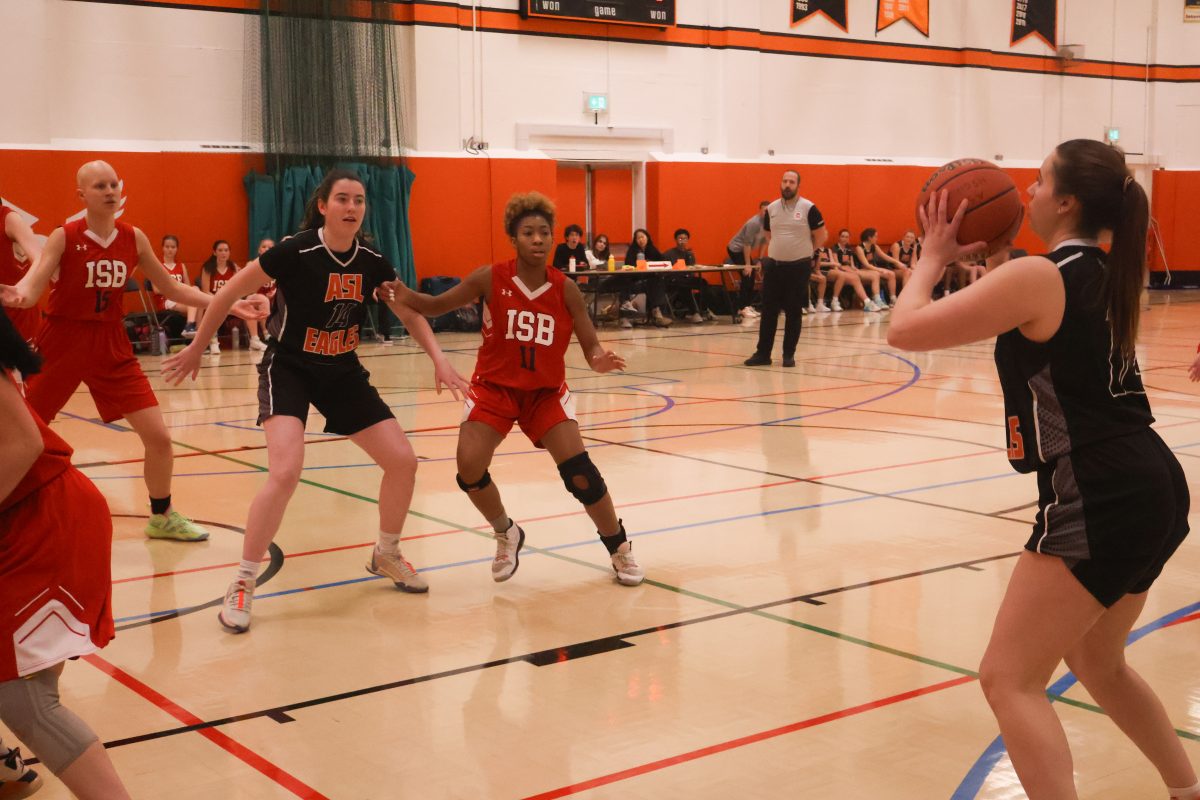FARES CHEHABI EDITOR-IN-CHIEF
When conversing with Fitness Room Manager Andy Patros in the gym, you are not allowed to stand. You must be seated on the bench opposite his swivel chair so that he can maintain a watchful eye over his domain. Today, as it has been for a while, the target of Patros’ studious gaze is Nick Canavan (’14). At one point, Patros calls Canavan over. He has a bone to pick with him. Canavan puts down the bar, having completed his latest exercise. Once he has reached Patros’ corner, the inquisition starts. “How many reps did you just do on that?” Patros enquires.
“Six,” Canavan responds.
Patros furrows his brow, exhales in frustration, shakes his head and turns to me. “See? [Former Physio] Nils [Jackson] and I would not allow this. We had a minimum of eight reps.”
Canavan’s efforts to defend himself are dismissed by Patros. “You don’t do that here. We’re a school. You go to a bodybuilder’s gym and do that. Nils and I went through this loads of times,” Patros retorts matter-of-factly.
Canavan nods silently, indicating that he has heard the message loud and clear. It isn’t the first time that Canavan and Patros’ training philosophies have clashed with each other.
Patros explains his reasoning afterward: “It’s a bit hard to stop a student who has progressed from those eight reps and maybe can do four to six power repetitions. But, yes, as a school, and definitely from freshman up until junior year, we do want you doing at least eight repetitions on a weight resistance exercise with, of course, correct form.
“Senior year, if we’ve seen that your form is near-perfect with correct technique, correct form, then we could maybe give you a few sessions of power lifting, but this isn’t a bodybuilder’s gym. This is a school gym, so we have to keep that at a minimum.”
This year, Canavan is training for himself and himself only, following two years of playing rugby for ASL.
After suffering a concussion during a match midway through sophomore year and subsequently being ruled out of action for two-and-a-half months, he began training with a greater intensity than before in a bid to catch up to his teammates.
After breaking his collarbone in another rugby-related incident in late October last year, Canavan returned to the gym with even greater zeal, again out of fear of falling behind his teammates strength-wise.
This year, Canavan has decided to abstain from playing any sport whatsoever in a bid to protect himself from further injuries. He wants to get to college in one piece.
With no rugby commitments to take up his time after school, he has had more time than ever before to spend in the gym. And initially, following his collarbone injury, Canavan admitted he was spending too much time in the gym. “It has to be below seven times [per week] now,” he said. His initial routine consisted of eight visits to the gym each week.
The hours that Canavan has put into his workout have paid off, however. Since the start of his post-concussion training, he has gone from 40 kilograms to 95 kilograms on the bench press exercise and from 20 kilograms to 85 kilograms on the clean and jerk exercise.
He aims to reach 100 kilograms on the clean and jerk, which is considered an Olympic standard, and also 100 kilograms on the bench press.
This ambition is reflected in Canavan’s diet. He consumes a protein shake following every workout, and he is in the midst of a “creatine cycle”, which involves consuming differing amounts of the supplement over a set period of time to put on mass.
When it comes to his regular meals, he aims for as much lean protein and as few carbohydrates as possible.
Patros lauded Canavan’s commitment to being fit through his diet. “He has dedication to not only working out… It’s feeding himself the right nutrition and the right foods. You can see the difference in his body shape,” he said.
For someone no longer training for a sport, Canavan’s whole regime seems bizarre. He attributed it to his desire to “become stronger and be stronger than others,” which he admitted “sounds really terrible.”
This intense desire was reflected in Canavan’s initial approach to exercise, as he concentrated mostly on building his upper body.
Patros was quick to put an end to that. “For ages, [Canavan] was just doing upper body. I was like, ‘What are you doing?’ he said. Part of getting stronger up top and overall is obviously by getting your legs stronger and working out everything with a balance in mind.” Canavan adjusted his workout program accordingly
Patros explained further: “Usually I encourage the students to do more of the core, back and stability muscles on a 60 percent to 40 percent mindset. Our back to our front muscles should be slightly stronger.”
Bodyweight exercises, meanwhile, have no appeal to Canavan. Instead, his favored methods of increasing strength all revolve around using the bar. “I really like the bar. There’s this indescribable affection that I have for the bar and bar workouts in general.
“It’s not only that they’re more entertaining, but there’s this satisfaction when you can clean and jerk a new weight and you just throw the weight over your head. That’s such a sick feeling, whereas it’s like, ‘Oh, I just did 100 push-ups’. It doesn’t feel as nice.”
Canavan’s whole fixation with the bar, which began with his days training with the rugby team, does not sit comfortably with Patros.
Patros favors building a strong base with primarily one’s body weight before moving on to more advanced exercises, some of which involve the bar. “[Canavan has] come to a stage where he is doing good form on the bar work. I’ll take it because it’s good technique, and he’s doing it in a safe area.
“I would like him to do a couple of weeks where he’s just doing stability and bodyweight [exercises], where he’s really just working on core and balance and hitting the small muscle areas too. For me, he doesn’t do that enough anymore but he’s got a different goal,” he said.
Nonetheless, Canavan acknowledged Patros for helping him with this preferred method of training instead of forcing his own method of training upon him. “[Patros] always wants me to do [bodyweight exercises],” he said. “But I remember in freshman and sophomore year, when I was trying to do the things I’m doing now, although he wouldn’t agree with it, as it’s kind of contradictory to his gym philosophy, he would show me how to [perform these exercises],” he said.
Patros is similarly praiseful in return. “[Canavan’s] dedication, his effort… you can’t fault that. He always listens,” he said.
For now, Canavan will continue training with the same great intensity. And whenever he is not training, he is thinking about training. “During the day, I’ll be sitting around in class thinking, ‘I would much rather be in the gym right now. I would rather be working out.
“You get this feeling when you’re in [the gym], when you break a new personal record … I would compare it scoring a try in rugby but it’s more than that because it’s all you. It’s all your hard work. It accumulates and you start seeing bigger and bigger results.”
fares_chehabi@asl.org







